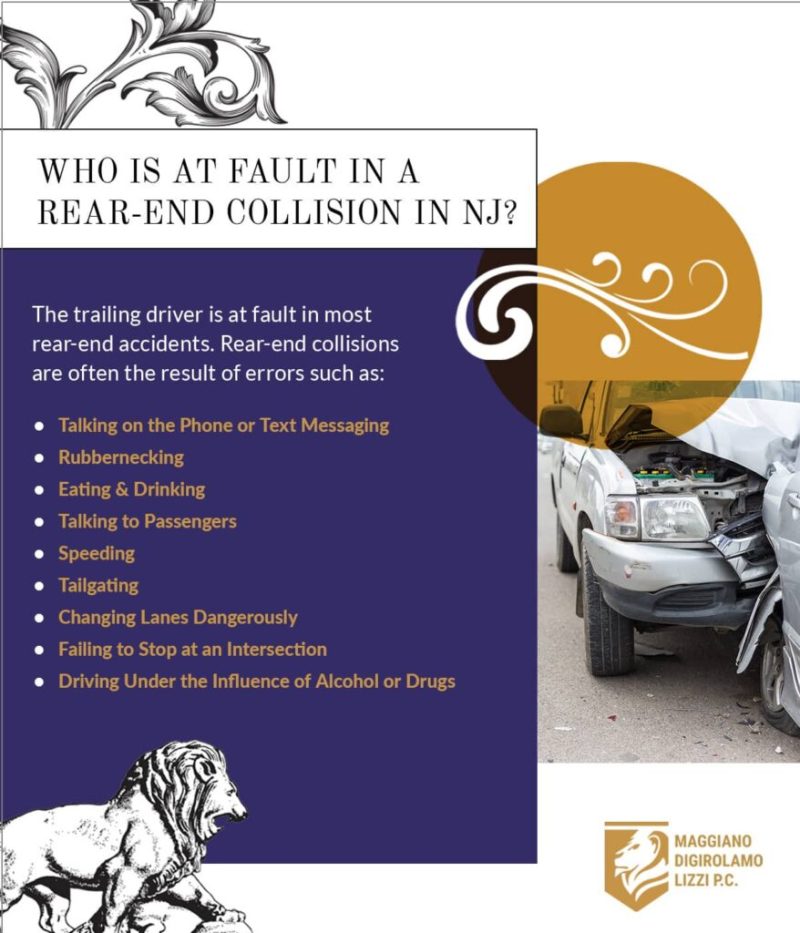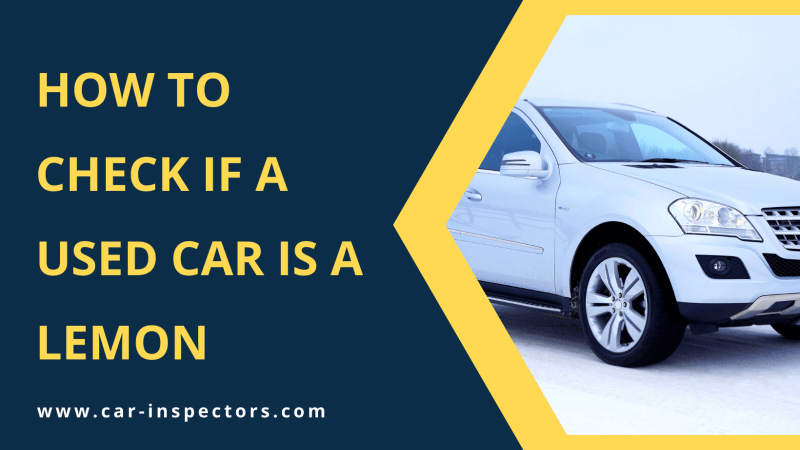Trading In My Car When I Still Owe Money – When shopping for a new vehicle, there are many factors to consider. Whether you’re going to sell or trade in your old car, whether you like it or the model, it can all seem like a big decision, especially if the average driver has owned their vehicle for around eight years. For something that you will be spending a lot of time on, it is very important that you find the right vehicle to suit your needs.
While some people know what they want in a new vehicle, in terms of year, make and model, others aren’t sure. Even more confusing, some vehicle owners still have money owed on their last car. You may be asking yourself, can I trade in my car if I still have money owed on it?
Trading In My Car When I Still Owe Money
The short answer is yes! If you are ready to buy a new or used car but still have the car loan you currently have, there is no need to stress. There are a few simple steps you should take to better understand your options.
Instant Cash Offer For Your Car In Daphne, Al
First, check with your bank to see what you still owe on your vehicle. This will help you when you know what your vehicle is worth and what the difference is. You can then check the Edmonds trade-in page on the Hometown Chillicothe website to find out how much your vehicle is worth. This will help you determine what your purchasing power is and we can help you find the perfect car from there!
Whether you have a car loan or not, trading in your car is easy when you work with Hometown Auto in Chillicothe, Oh. You can apply for financing, get pre-approved and use our payment calculator right on our website! We know that trading in a car and buying a new one can be frustrating. We pride ourselves on providing you with the most stress-free and seamless experience possible.
Trading in a vehicle that you still owe money on requires a few extra steps. Knowing how much you still owe on your vehicle, as well as the vehicle’s value, can be important when making the final decision to trade in a car. After all, if you owe more than your vehicle, it can be expensive to trade in.
This is because your loan does not disappear when you trade in your vehicle. It is yet to be paid. If the car is worth more than your payments, the exchange should eventually cover the loan balance and may even be enough to put toward your new vehicle. But if this is not true, you can lose money in the trade.
How To Trade In A Car With Negative Equity
Regardless of the reason for wanting or needing to trade in a car, from needing more space to getting better fuel efficiency or any other reason, Hometown Chillicothe can help.
Finding the value of your car can be incredibly important to trading in your vehicle. When you trade in a paid-off vehicle, you can deduct the full cost of the car from the new car purchase. However, when you’re trading in a car with a loan, there’s a little more math to consider than how much you still owe on the loan.
First, be sure to contact your auto lender to ask about your loan payments or how much you owe on your loan. This number can be higher than the outstanding amount when you consider the outstanding interest.
Then determine the current trade-in value of your vehicle using the price guide. You can find various price guides online, such as Kelley Blue Book or Edmonds. Subtract your trade-in value from the resulting amount – if the sum is positive, you’ll have money left over from the trade-in to put towards your new car. If the number is negative, how much you have to pay in cash or to cover the new car loan.
What’s The Process Of Trading In A Car?
That said, the final trade-in price is negotiable at most dealerships, so the amount you’re asking for will be more of an estimate than the actual price.
To break it down another way, if you’re trading in a car that still has money owed on it, you should fall into one of two categories depending on whether you have positive or negative equity.
Positive equity. If your car is larger than the loan amount you have, that’s great. The difference is called positive equity. Positive equity means that when you trade in your vehicle, you will receive money that can then be used to put towards your new vehicle, although not as much as if the vehicle had been paid off in full.
Negative equity. If you owe more money on your loan balance than the value of your car, this is negative equity. That’s especially true when buying a new car, as some cars depreciate very quickly after they’re first purchased, and other cars don’t hold their value for long, regardless of whether they’re bought new or used. This is sometimes referred to as being “down” or “underwater” on your loan.
Trading In Two Cars For One
When you trade in a vehicle with negative equity, you must pay the remaining loan balance in cash, or you can roll it over to your new car loan. The latter option is convenient, but not always recommended. Rolling over the loan means the dealer covers the remaining loan balance, then adds that amount to your new loan. In terms of efficiency, however, this means you’re still paying for your old vehicle, even if you no longer own it.
As mentioned above, this can play out in several ways. Your equity is deducted from the negotiated price of your vehicle, and the remaining loan balance that the dealership will “owe” can be applied toward buying you a new car.
For example, if you still have $10,000 owed on your vehicle and the trade-in value is $15,000, then $15,000 (the value) – $10,000 (what you owe) will leave you with $5,000. (remaining balance) to be put directly towards a new vehicle as a down payment (or in addition to your planned down payment).
The remaining balance on the new vehicle will still need to be covered by cash or a new car loan, but trading in a vehicle with positive equity is basically like partially paying for the new car with your old car.
Can You Trade In A Car You Still Owe On?
If you are underwater on your car loan, you are responsible for paying the difference between what you owe and the value of the car. For some, negative equity is minimal. For others, this may be too expensive.
An example of this would be if you still owe $15,000 on your vehicle but your trade-in value is only $10,000. In this case you will take $10,000 (the value of our car) – $15,000 (your amount). (due on your loan) for the balance – $5,000. This means that even after giving your old vehicle to the dealership, you still owe them $5,000. In this situation, there are two options.
First, you can delay the exchange. If you don’t need a new vehicle, it may be a better option to wait to buy a new car until your current car is close to being paid off, or at least until your negative equity turns into positive equity.
Your other option is to reverse negative equity. If for some reason you need that new vehicle immediately, it is advisable to roll your negative equity into your new loan, especially if you don’t have the money to cover the difference.
Car & Truck Trade In Value
While transferring your loan is an easy way to switch cars and simplify the process, it basically means you’re rolling over your new loan balance before you even drive out of the dealership.
One last important thing to keep in mind is that new car purchase prices and trade-in values are negotiable, which means you can have a little more flexibility with these numbers. It’s important to get an estimate of your number before entering the dealership, but you may be able to negotiate a number that’s more convenient for you.
At the end of the day, if you want or need to trade in your current vehicle for a new one, don’t let an outstanding car loan balance stop you from doing so. The financial experts here at Hometown Chillicothe can help you every step of the way with the skills and tools to help you make informed decisions.
Whatever your budget and whatever your needs, Hometown Chillicothe can help. View our selection of new and used vehicles on our website. If you see one that might interest you, give us a call or stop by
How Can I Get Rid Of Negative Equity On My Car? Everything You Need To Know • Canadian Auto Brokers
Trading in a vehicle that you still owe money on, trade in car but still owe money, trade in car still owe money, trading a car when you still owe, trading your car in when you still owe, trading in your car when you still owe money, trade in my car but i still owe money, trading in my car that i still owe money on, trading in my car when i still owe money, trading in car still owe money, trading a car in that you still owe money on, car totalled still owe money








